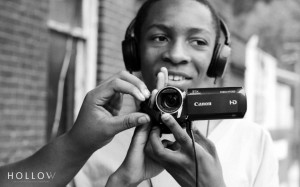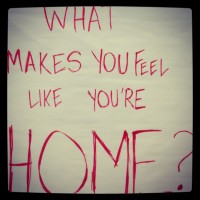As we here at Hollow come closer to launch in late spring, I think back to where we started. The brainchild of Elaine McMillion has blossomed into an exciting, almost tangible, interactive documentary – launching before we know it.
I think about the place we’re focusing on – McDowell County, W.Va. – and how it really should have been a lot harder for us to gather the stories that we did. But because we have an amazing team with an insightful leader, we gained the trust of community members early.
Hollow’s purpose from the beginning has been to tell small-town America’s story, through the eyes of its residents. A documentary “for the community, by the community,” in my opinion, is the right type of project for an area and its people that have experienced a lot of bad press.
From the beginning, we have involved various community members in this unique project. Whether it was through the community advisory board – where locals gave advice and pointed us in the direction of potential interviewees – or community videographers or at participatory workshops, residents had the opportunity to have input.

Community videographer Fred Rice test-drives the community camera at the Keystone Youth Workshop in July 2012. (Photo by Hollow)
Community videographers – from as young as middle school students – have been given the chance to create their own stories. With the theme revolving around “home,” they are given the chance to document their surroundings, noting what they would like to see change in their area, why McDowell is home and more. Adding a unique perspective to the online experience, users will be able to truly see McDowell County through the eyes of its residents.
And throughout the summer, we even held participatory workshops for those interested in the progress of production, taking part in the experience and providing input. I was able to make it to the initial workshop and hearing the words that the locals have heard to describe their community in the past – whether in the mediaor from others around the country – and how they see themselves was something that, as a native West Virginian, I had experience, as well. In subsequent workshops, participants talked about home and their community, received training on the community cameras, viewed rough-cuts of content collected and more.
But it’s been important for us in this process to be up-front and honest with our subjects and the community. While we want their participation, we tell them we also can’t keep our rose-colored glasses on about the challenges the area faces. Bringing to light the continuing issues the area and people face in the online experience will hopefully prompt action in the future.
I know in this industry there’s been differing opinions on citizen journalism over the years and if it can affect change, but these individuals and their role in it are truly what Hollow is all about. If it weren’t for them, there would be no documentary coming out this spring. The amazing stories that they told us and that they are telling themselves might not have been shared with you.

